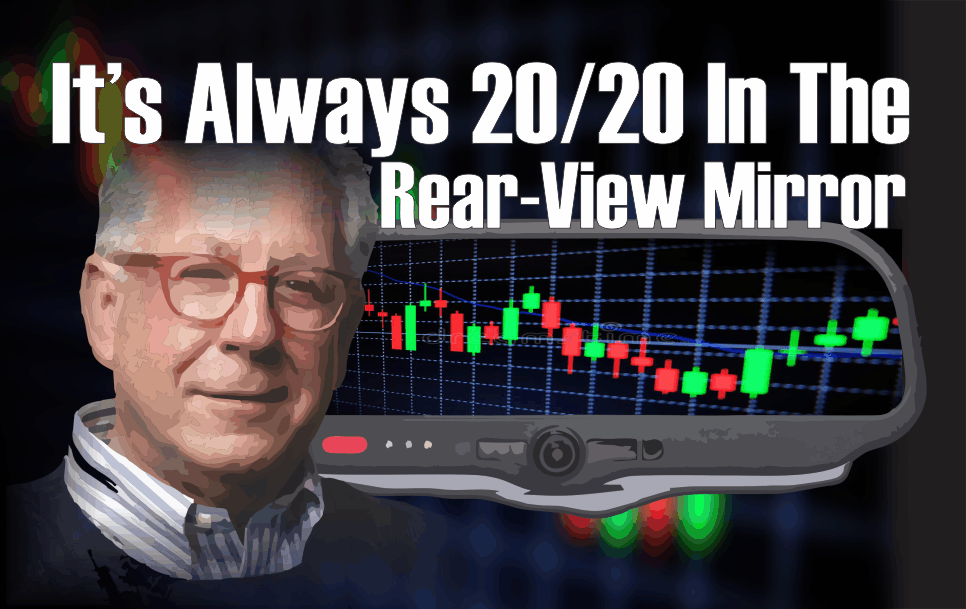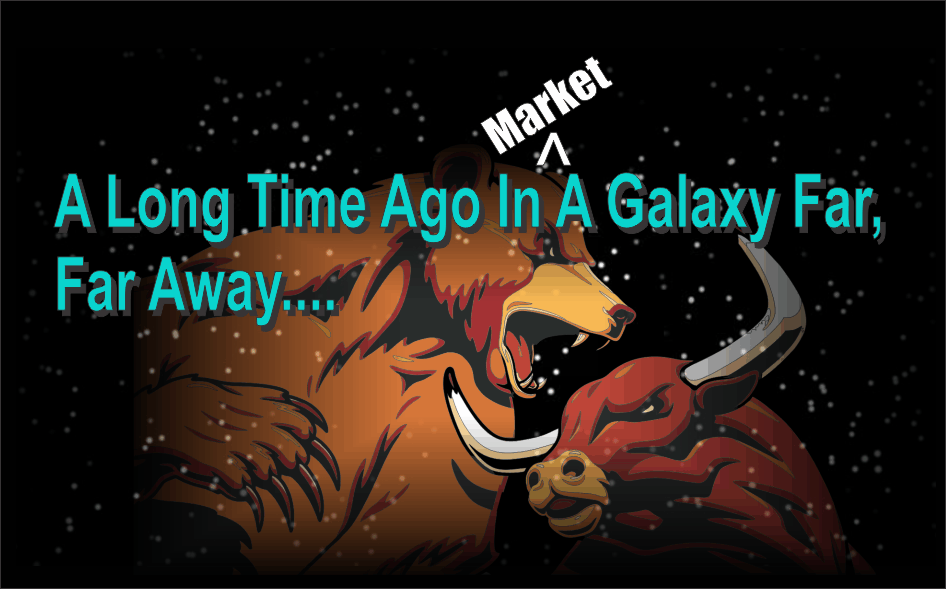Bitcoin: Like A Moth To A Flame
- * Beware of investment fads and the experts that deliver endorsing pablum in the business media
- * They are not your allies in delivering good investment returns — they are harmful to your investment well being
“Thus hath the candle singd the moath.”
– William Shakespeare, The Merchant of Venice
This morning the price of bitcoin is down by another 10%: the price is flirting with $10,000 after trading at around $20,000 a few months ago.
The phrase “like a moth to a flame” is an allusion to the well known attraction that moths have to bright lights.
The word moth was used in the 17th century to refer to someone who was apt to be tempted by something that would lead to their downfall.
So it is with many in the business media, who too often, like Wall Street offering up conflicted research recommendations, seek audience over intelligence by parading experts (in the latest fad, like cryptocurrencies) and, too wittingly become the enemy of the average and uninformed investor. These experts, with memorized sound bytes, will always sound confident and rarely express the notion of risk. But, many of that audience will learn, like The Wizard of Oz, that they’re simply delivering an odious pablum –– bland or insipid intellectual fare and entertainment.
Those outlets that are inundated by crypt talk know who they are — like Warren Buffett, I prefer to criticize by category (and praise by name). (As evidence to the preoccupation, just take a quick look at the Twitter threads of some of the leading business media shows — they are overwhelmed by crypto chatter and nonsensical and hyperbolic opinions.)
Popular investment fads often too quickly become unprofitable investment endeavors — dot.com stocks in 1999 and housing/banking stocks in 2007 come to mind.
Ultimately the frequency of media coverage will diminish coincident with the fads’ price declines (and investors/traders lost interest). While the business media may shamelessly move on (unlike research firms and money managers who deliver poor investment advice, will face little retribution), your portfolio could be permanently impaired by what Joe Granville used to call “the bagholders’ blues.”
I may be wrong in my ursine view of bitcoin, et al, and though I no longer have any position (See Tales of the Crypt (Issue IX), I have written tens of thousands of words on the subject, discussing both the potential rewards but also, importantly, the risks as I saw them:
* There’s A Sucker Born Every Minute
* Res Ipsa Idiot
Many in the business media may ultimately forget their current preoccupation with crypto and drop coverage if my negative forecasts continue to be realized — but not until lots of money is lost in the process.
More
Not to worry, when enough time transpires, the same experts will be trotted back onto the business media with another investment idea in hand — just as the case is now, some nine years after The Great Recession and near 80% drops in their portfolios.
Some may say “time heals all wounds.”
But I disagree, as this elephant never forgets.
“The market does not know you exist. You can do nothing to influence it. You can only control your behavior.”
– Alexander Elder
It is up to each trader/investor to evaluate reward vs. risk of each investment — as many in the business media and the talking heads and commentators will not necessarily address upside compared to downside particularly in the trade du jour.
These days I am too often reminded of Benjamin Disraeli’s quote:
“What we have learned from history is that we haven’t learned from history.”








